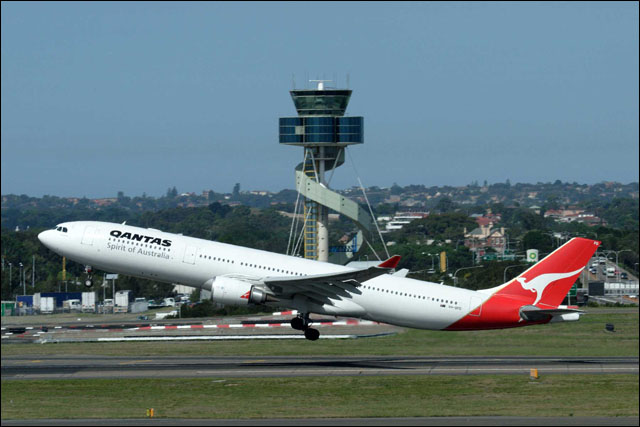
blog So, it turns out the Queensland and New South Wales Governments are not the only major Australian organisations running short of much-needed cash when it comes to critical IT upgrades. According to the Sydney Morning Herald newspaper (we recommend you click here for the full article), national carrier Qantas also can’t afford to keep its IT up to spec:
“Qantas has shelved a project to replace a 26-year-old IT system that supports almost 10 million members of its frequent-flyer program because it would cost another $40 million to complete.”
This shouldn’t be too much of a problem, right? I mean, it’s not as though Qantas’ frequent flyer database needs to interact with other, more modern systems throughout its operations to siphon in data, right? And it’s not as though the operating system underpinning that 26 year old system will get out of date and be hard to support, right? The whole thing will probably be able to last for another 26 years, right? Oh, yeah. It probably won’t. Oh, well.
Image credit: Qantas

if it isn’t broke, and you can’t afford to fix it, then don’t.
what do you suggest they do?
as you’ve been happy to publish in plenty of other articles, those who try to update decades-old systems invariably fail. $40 million is probably spent elsewhere, like on paying employees…
if their financial situation improves, then they can do it then…
+1
Frequently flyer programme suggests a lot of reporting for marketing reasons. If it is written in COBOL or something worse, writing code to pull out marketing data is not going to be easy or fast. And COBOL programmers are getting very expensive.
Virtualise IT
This is exactly why organisations should reject monolithic system design for enterprise applications. At some point you are going to want to replace it and it is MUCH easier to replace it a chunk at a time rather than all at once.
totally agree, but also very easy to say that now in 2013, when there are a plethora of options.
26 years ago, there was no other option.
also, i am willing to be that a system designed today will not be usable 26 years from now.
I’m willing to bet that a system designed today would follow very different principles, most of which allow for continuous improvement of each of its modules that utilise open standards and an object oriented architecture, thus allowing it to keep pace with the changes in both systems, technology and usage requirements
i hope it would too, but that doesn’t make it immune to what we don’t know about yet… this qantas system is a perfect case in point.
It needs to be said that this is an epic WIN for all involved in it’s design, implementation and maintenance. I wonder if it was an in-house IT team or an outsourced project? There must have been advise to management of the need to upgrade/replace that system before now – it’s obvious that the quality of Qantas management’s work doesn’t also stand the test of time.
I went for a job at QanTek (I think that’s what they called their inhouse IT division back then), around 23 years ago, and yes, they were writing new systems on their IBM mainframe, likely in Cobol, back then. I’m probably lucky I didn’t get the job, or I’d sill be supporting this stuff. :-)
But to the comments above, just because it’s in Cobol, has no relevance to the ability to expose the underlying data, easily, to other, non-mainframe if needed systems. It’s quite easy to use COTS solutions to transfer the data else where for CRM, BI or other purposes – heck you can even update the data and have it synchronised back if you need. Or they could just run up a Linux on their mainframe and share the data via a memory to memory pipe between virtualised instances on the same hardware, but that’s another story…
Now of course this system, assuming Cobol is the correct guess, is run on their outsourced IBM mainframe, managed by IBM Global Services (IGS). I don’t know the details, but I’m pretty sure it’s a ‘baby’ mainframe, perhaps only a few hundred MIPS, if that. With IBM offering entry level mainframes under half a mill nowadays, IGS cannot be charging them a fortune to keep this baby ticking over.
Spending, what was it? 20 Mil on a ‘replacement’ (so far, and 40 Mil projected more!), that probably didn’t bring any real extra functionality, but just got them off their ‘legacy’ dinosaur, is just insane, to try and save a few Mill a year on an outsourced managed service that is delivering the job (I’m a frequent flyer, it works…) But this is what happens when IT management buy into ‘Enterprise Modernisation’ and believe the sponsored crap that the InFlight Magazine itself prints.
Mike
Comments are closed.